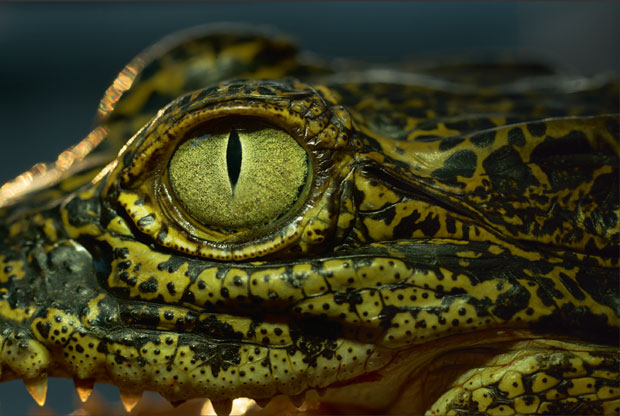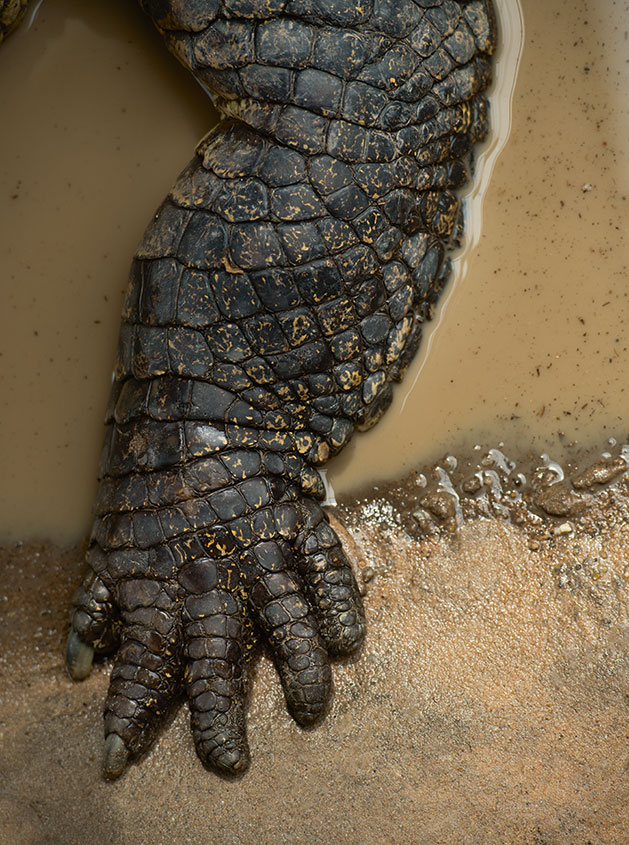
Want to know why a crocodile has three eyelids?
On World Wildlife Day impress your friends with just one of the fascinating facts in Evolution:A Visual Record
In arriving at the theory of evolution, Charles Darwin and his often unsung co-founder Alfred Russel Wallace drew as much as what they saw as what they thought. Evolution is a matter of visual evidence. Fossils, for example, manifestly scotch the notions of Creationists who take the biblical version of planet earth’s history. We are also able to tell from observation how and why animals have evolved and adapted over millions of years, and why they take the form that they do today.
Evolution: A Visual Record is a magnificent collection of 200 photographs by the award-winning photographer Robert Clark who has dedicated much of his life to photographing a myriad array of species, from birds and butterflies to plants, fossils and mammals, offering incontrovertible proof of the evolutionary process. These are both beautiful and instructive images, accompanied by text which elucidates their most significant features.
One particularly strong instance is the section related to crocodiles. Over a double page spread we take in a close-up of the foot and tail of a saltwater crocodile, its five toes looking almost like a human hand encased in a leather glove. The crocodile first emerged alongside other related creatures such as Erpetosuchus, which was small, terrestrial and believed to be bipedal. The Erpetosuchus, however, is now extinct.

The true crocodiles that have survived since the late Cretaceous period are similar in size to the ones we are accustomed to today. They have survived on account of their size, strength and sharp teeth and claws, all of which are vital to the hunting technique which has enabled them to endure. Turn the page and you’re confronted by the cold but alert green eye of a crocodile, even closer up.
This is an eye that has developed extraordinary and vital capabilities over the aeons. It is protected by a third eyelid, while the eyeball can be drawn into the socket during an attack on prey. It also benefits from a layer of guanine crystals behind the eyes, which reflects light back through the retina, enabling the reptile to hunt even when the light is low. The reflection of the light cast by a flashlight on the tapetum creates the eyeshine seen in these and other animals. Just one example of how adaption is key to our study of the origin, evolution and survival of species. For more great visual insight into the roles natural and unnatural selection has played in the natural world buy a copy of Evolution: A Visual Record here.